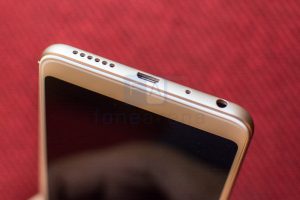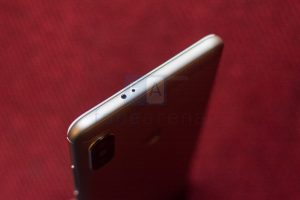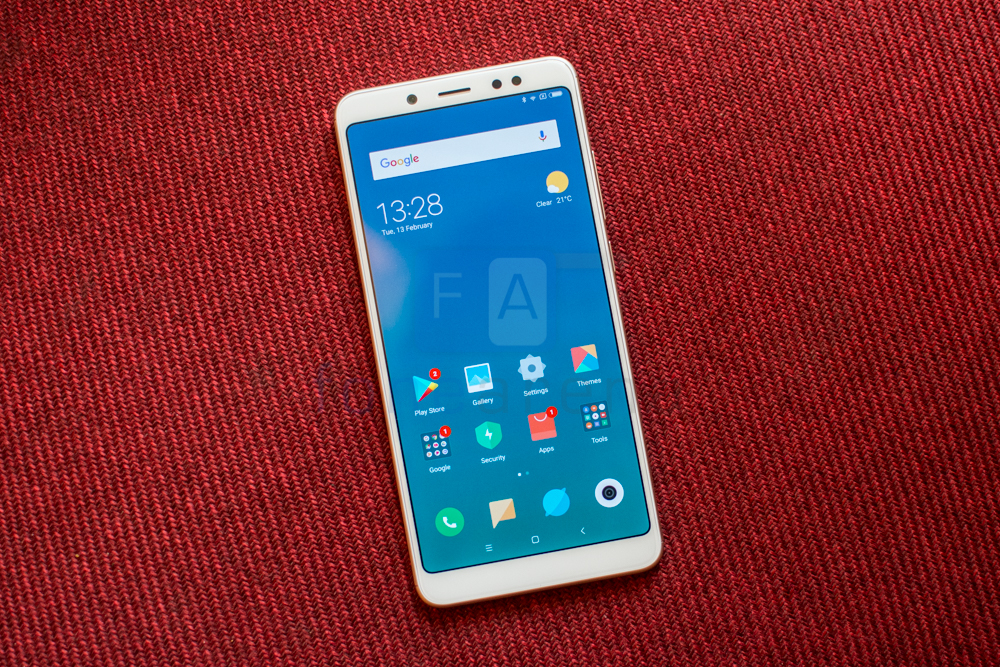
Say what you will, it was the Redmi series that put Xiaomi on the map in India. Striking the perfect balance between performance, battery life and price, the Redmi series hit it out of the park and developed a massive following. Over the last few generations, Xiaomi focussed on perfecting the formula and the end result was the Redmi Note 4. Despite being close to a year old, demand remains high further pointing towards how the phone managed to strike a chord with its target audience and has sold over 5 million units. 1 year on though, it’s time for an upgrade.
Xiaomi today announced a two-pronged approach towards it’s next-generation hardware. Along with the Redmi Note 5 that adopts a fresh new design with an 18:9 screen and improved optics, the company introduced a higher-end pro variant that takes the regular Note 5 and kicks everything up a notch.
Xiaomi Redmi Note 5 Pro specifications
- 5.99-inch (2160 × 1080 pixels) Full HD+ 18:9 2.5D curved glass display with 450 nits Brightness, 83% NTSC Color Gamut, 1500: 1 Contrast Ratio, Corning Gorilla Glass 3 Protection
- 1.8GHz Octa-Core Snapdragon 636 14nm Mobile Platform with Adreno 509 GPU
- 4GB /6GB LPDDR4x RAM with 64GB storage, expandable memory up to 128GB with microSD
- Android 7.1.2 (Nougat) with MIUI 9
- Hybrid Dual SIM (nano + nano / microSD)
- 12MP rear camera with dual-tone LED Flash, 1.25μm pixel size, f/2.2 aperture, PDAF, secondary 5MP camera with 1.12μm, f/2.0 aperture
- 20MP front-facing camera with Sony IMX376 sensor, LED flash
- Fingerprint sensor, Infrared sensor
- Dimensions: 158.6×75.4×8.05mm; Weight: 181g
- 4G VoLTE, Wi-Fi 802.11 a/b/g/n (2.4GHz + 5GHz), Bluetooth 5, GPS + GLONASS
- 4000mAh (typical) / 3900mAh (minimum) battery
Design
Let’s start off with the design. The Redmi Note 5 Pro takes everything good about the Redmi Note 4’s design and shoehorns it into the ongoing trend of 18:9 displays. Gone are the capacitive controls, replaced by on-screen buttons.
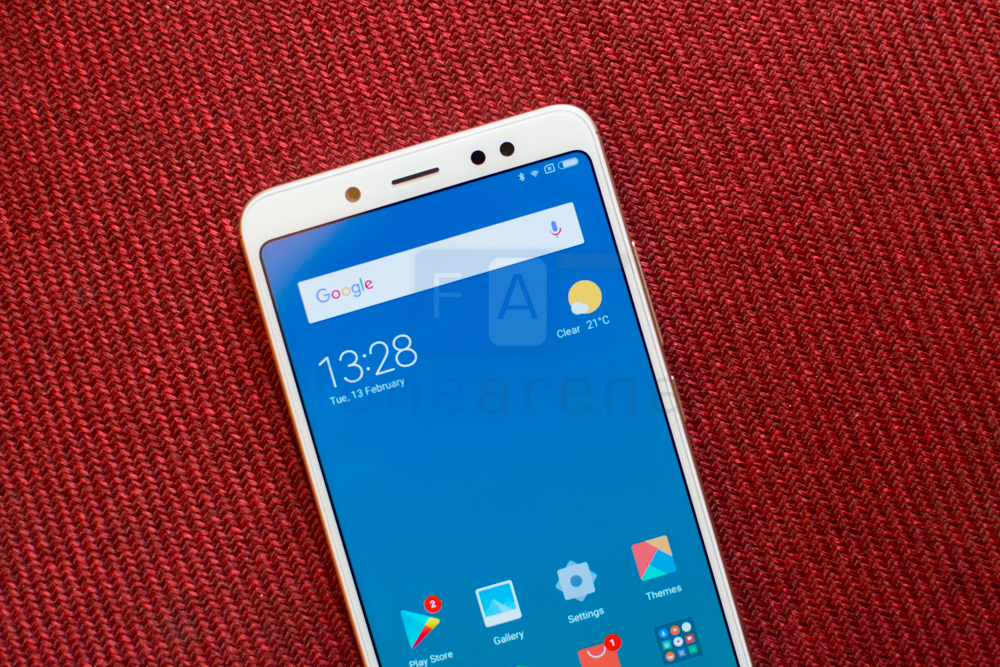
As we mentioned earlier, the display is an 18:9 panel which makes it slimmer along the width and has consequentially allowed Xiaomi to place a larger display here. The screen size has gone up from 5.5 inches on the Note 4 to 5.99 inches on the Note 5. The differing aspect ratio means that effective screen real estate isn’t much different but hey, there’s no loss here and the phone is easier to hold on to. Do note (ahem) the curved edges of the panel on all four sides that adds a bit of character to the design. The panel itself is more than satisfactory and produces a contrast rich image that makes video content, photos look great. The screen has a peak brightness of 450 nits and in bright sunlit surroundings, we were able to view on-screen content though glare can be a bit of an issue.
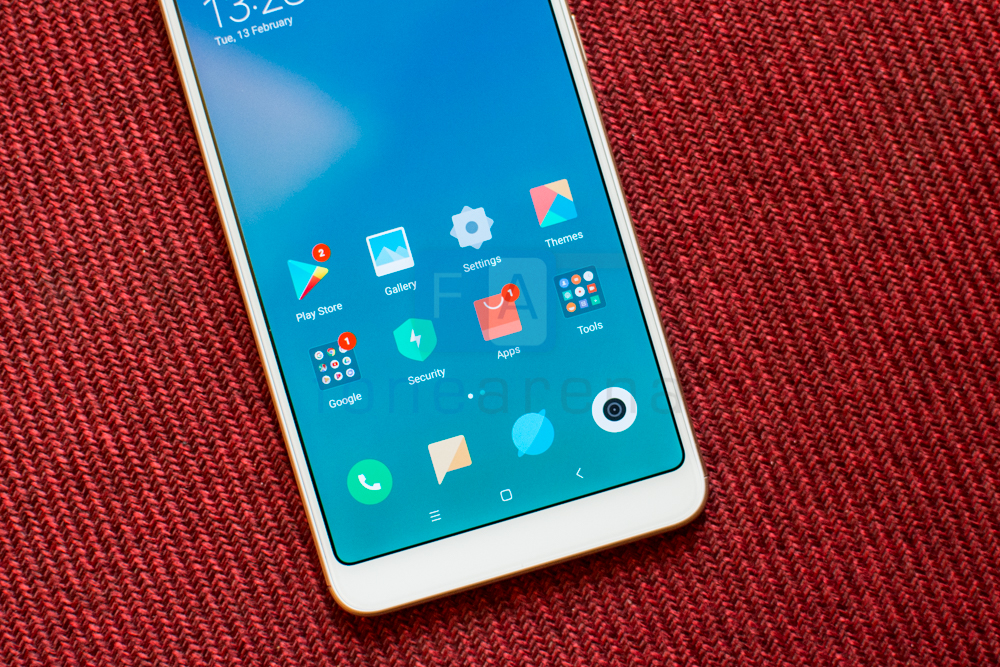
Once again, like we mentioned earlier, there are no capacitive buttons on the Redmi Note 5. Unless you are a stickler for capacitive keys, we doubt many would find this to be a hassle. In fact this has allowed Xiaomi to add in some new features like the ability to flip the button layout in case you like the back button on the left. You can also optionally completely hide the buttons when not being used, bringing them up by swiping from the bottom.
The Note 5 retains all the positives and negatives of a typical Xiaomi button, port arrangement. The right side has a volume rocker and power button. Both the buttons are a step up from the Note 4, bring just the right amount of give and near perfect hand feel. The other side houses the Hybrid SIM card slot. Meanwhile, you’ll notice that the phone still uses microUSB for charging and data transfers. Well, at least you get conveniences like a 3.5mm audio jack and an IR blaster up top.
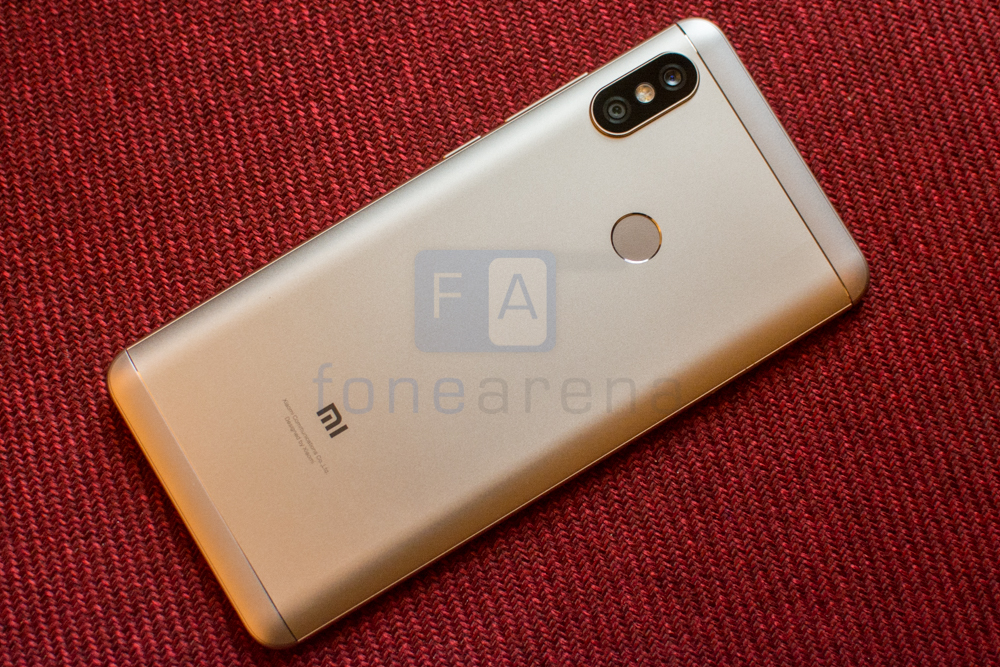
Be prepared to do a double take when you flip over the Redmi Note 5 Pro. Inspired by the iPhone X, the dual camera island is placed in a formation that is equal measures, good looking and highly derivative. Moving on, in the center you’ll observe the fingerprint sensor that continues to be ergonomically placed. The back panel is made of aluminum of course but the end caps are plastic to allow for better antenna performance.
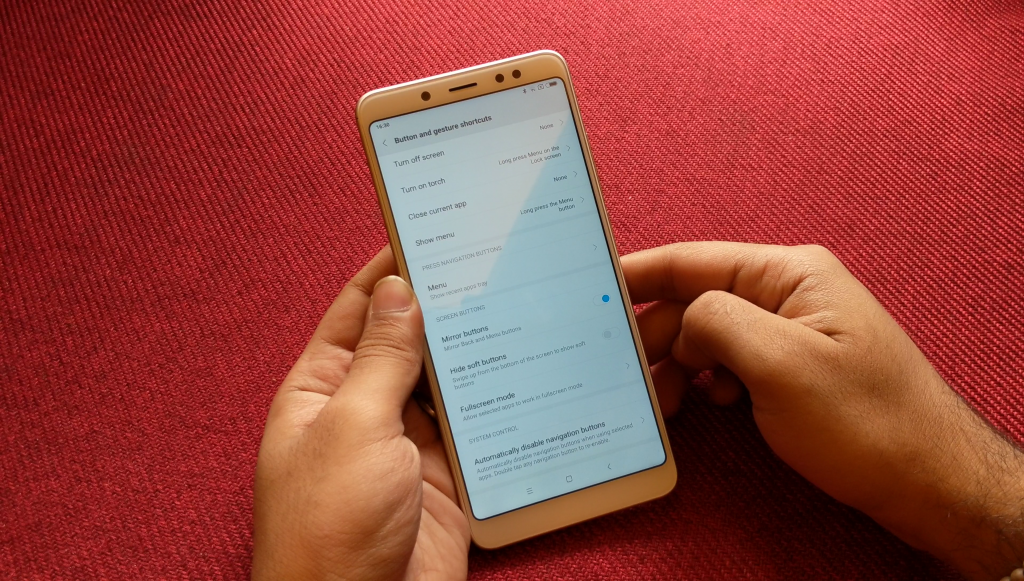
In terms of software, the phone is running MIUI9 and keeps the same feature set that we’ve detailed on other devices. Fresh software additions include the option to mirror the onscreen buttons or hide them altogether if you prefer a cleaner look.
What’s also new is the processor. One of the first phones to run on the Snapdragon 636 platform, there is a marked jump up in performance compared to the Snapdragon 625 variant. The octa core chipset has 8x Kryo 260 cores that are clocked up to 1.8Ghz in a combination of two clusters where one is higher powered and the other is clocked a bit lower. The higher clocked Kryo cores are based on the semi custom Cortex A73 cores whereas the lower clocked cluster is based on Cortex A53. These are the same Kryo cores that you also spot on the Snapdragon 660 just with a lower clockspeed. The chipset supports the Adreno 509 GPU which brings with it a modest bump in performance.
Camera
The camera module on the Redmi Note 5 Pro, both at the front and the back is rather special. Let’s start off with the rear camera. The Note 5 Pro’s sensor modules are placed within a raised black stack that holds the 12MP sensor alongside a secondary 5MP camera that is used for depth sensing. In the middle of the two, you’ll observe a dual LED flash.
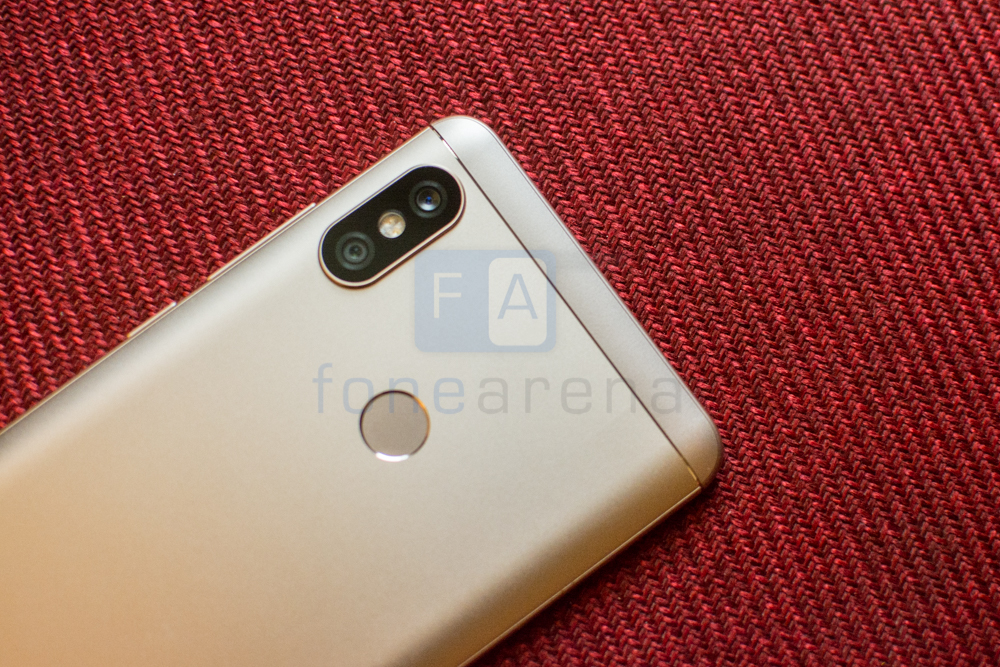
We’ve added some initial samples below but expect a lot more as we come up with our review. You’ll also find samples from the front camera module that has been given a 20MP sensor paired with a single LED flash.

Connectivity & Battery Life
The Redmi Note 5 Pro, like the regular Redmi Note 5, supports 4G VoLTE, Wi-Fi 802.11 a/b/g/n (2.4GHz + 5GHz), GPS + GLONASS. You also get an IR Blaster to make optimum use of the Mi Remote application. There’s support for Dual Nano SIM cards and one of them doubles up as a microSD slot for expansion. There is 64GB of storage on board of which just under 52GB is available at launch. The battery is a 4,000 mAh unit and while we’re still testing it out, the results have been very promising so far. You might think that the higher performance hardware on the Pro would result in lower battery life but the Kryo cores also bring increased efficiency resulting in similar battery drain between the two SKUs.
Conclusion

The dynamic duo of the Redmi Note 5 and the Note 5 Pro are poised to be best sellers once again. Sure, the market dynamics have changed since and there are more options available to buyers but between the high quality hardware and Xiaomi’s massive captive audience, the phones are sure to find success for the company. The Redmi Note 5 Pro is priced at Rs. 13999 for the 4GB RAM version and the 6GB RAM version costs Rs. 16,999. It will be available exclusively on Flipkart.

